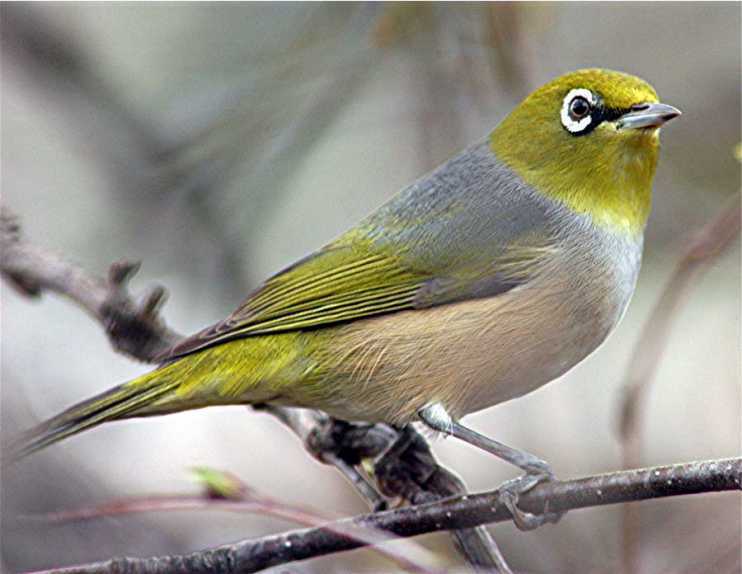Some Australian birds are learning to shout to make themselves heard above traffic noise. The silvereye in urban environments have been found to sing higher-pitched but slower songs than those in rural areas.
Researchers from the University of Melbourne chose the silvereye (Zosterops lateralis) for their study because it is a relatively common perching bird and is widely distributed around Australia. The male also sings unique songs to advertise its territory and attract a mate.
Silvereyes were studied in both urban and rural locations in Melbourne, Adelaide, Sydney, Grafton NSW, Canberra and Brisbane, and also Hobart, Tasmania. Individual birds were banded so they could be identified and their songs recorded.
It was found that birds in urban sites sang songs with a higher frequency – an increase of around 195 Hertz above those in rural areas – probably so that they could be heard above background traffic noise, which is generally at a lower frequency. The same birds also sang songs with fewer syllables than birds in quieter environments. This is thought to be because the birds are compensating for the degrading effect of buildings on sound and the high level of background noise – in other words, they are making their songs simpler to transmit information more effectively.
The research, published in the Proceedings of the Royal Society B, also found that contact calls were higher in towns. Unlike the songs, which are learned, contact calls are innate and develop from begging sounds in the nestling. It's possible that loud urban noise has resulted in some bird populations evolving higher-pitched calls and the ability to change their calls to compensate for traffic noise. It is not known, however, what effect – if any – these adaptations are having on silvereye breeding rates.
Photo by Geoffrey Dabb










